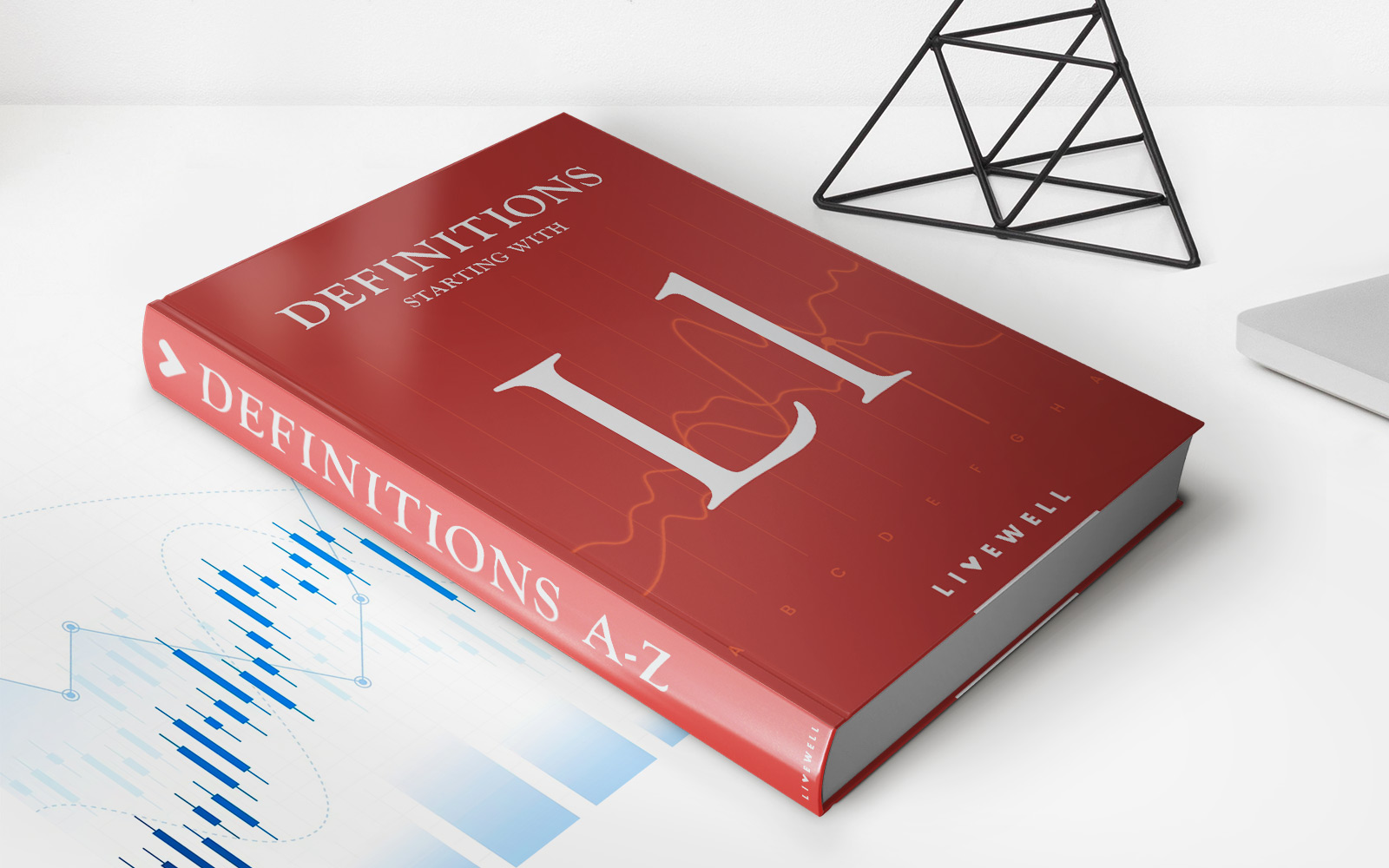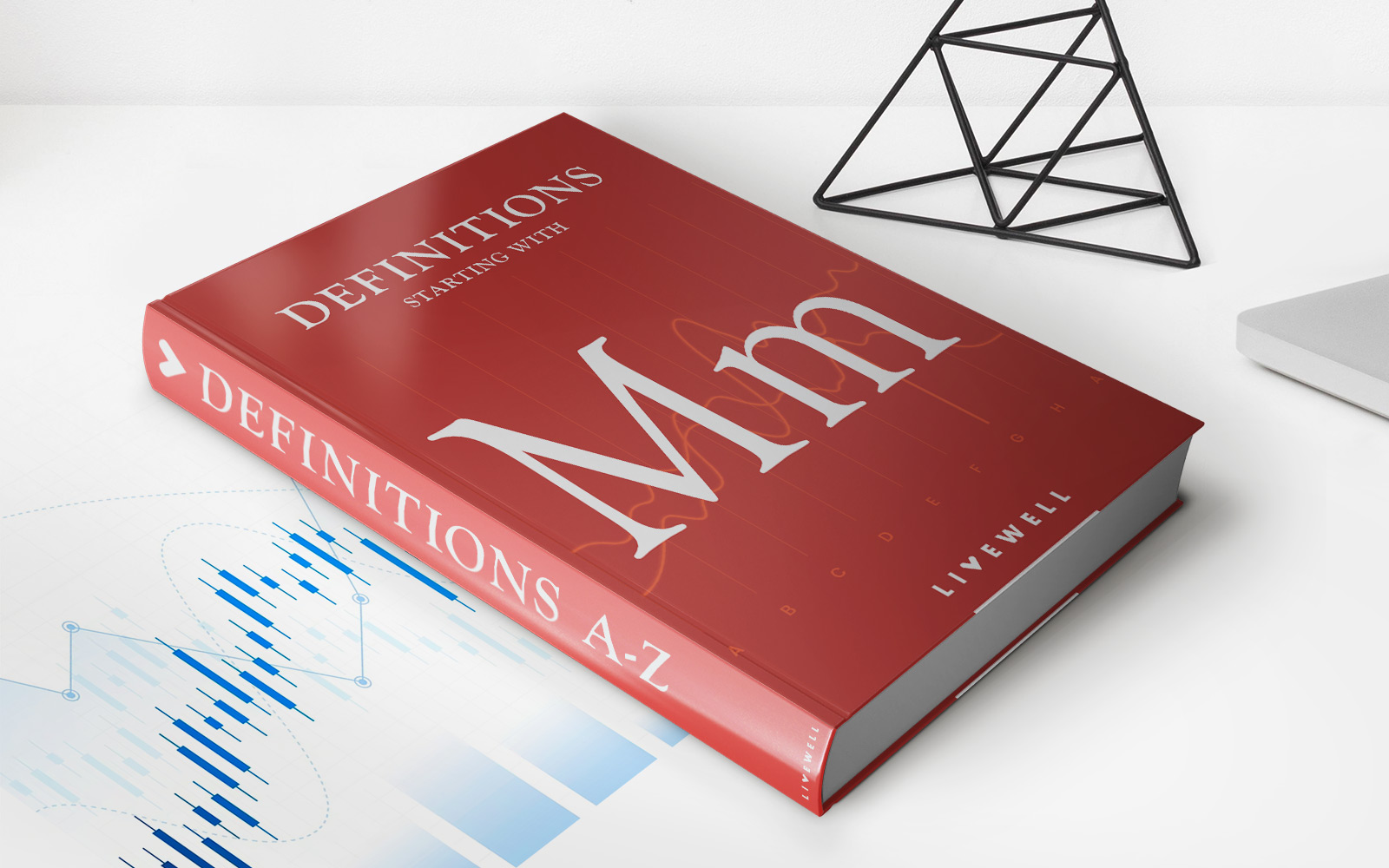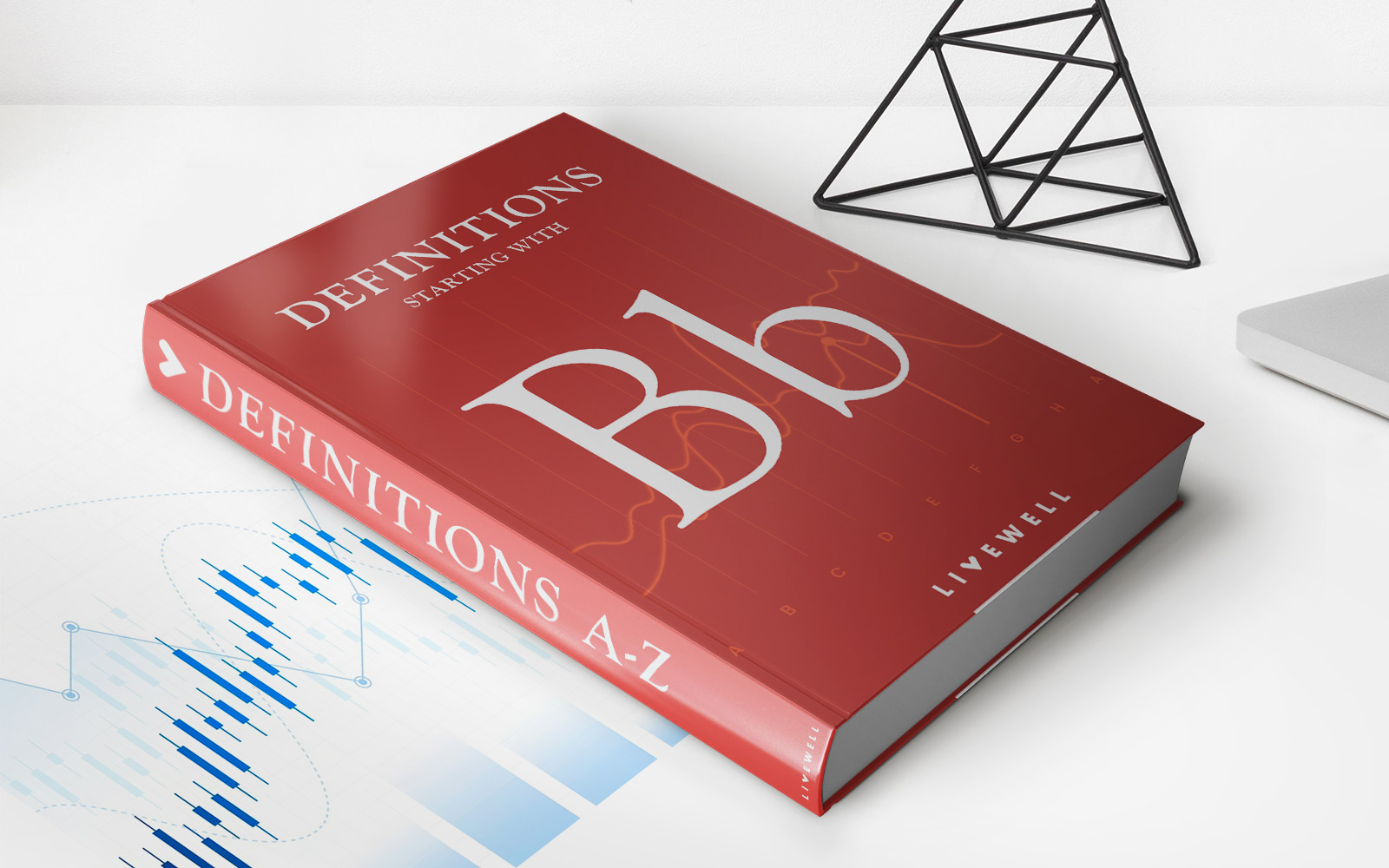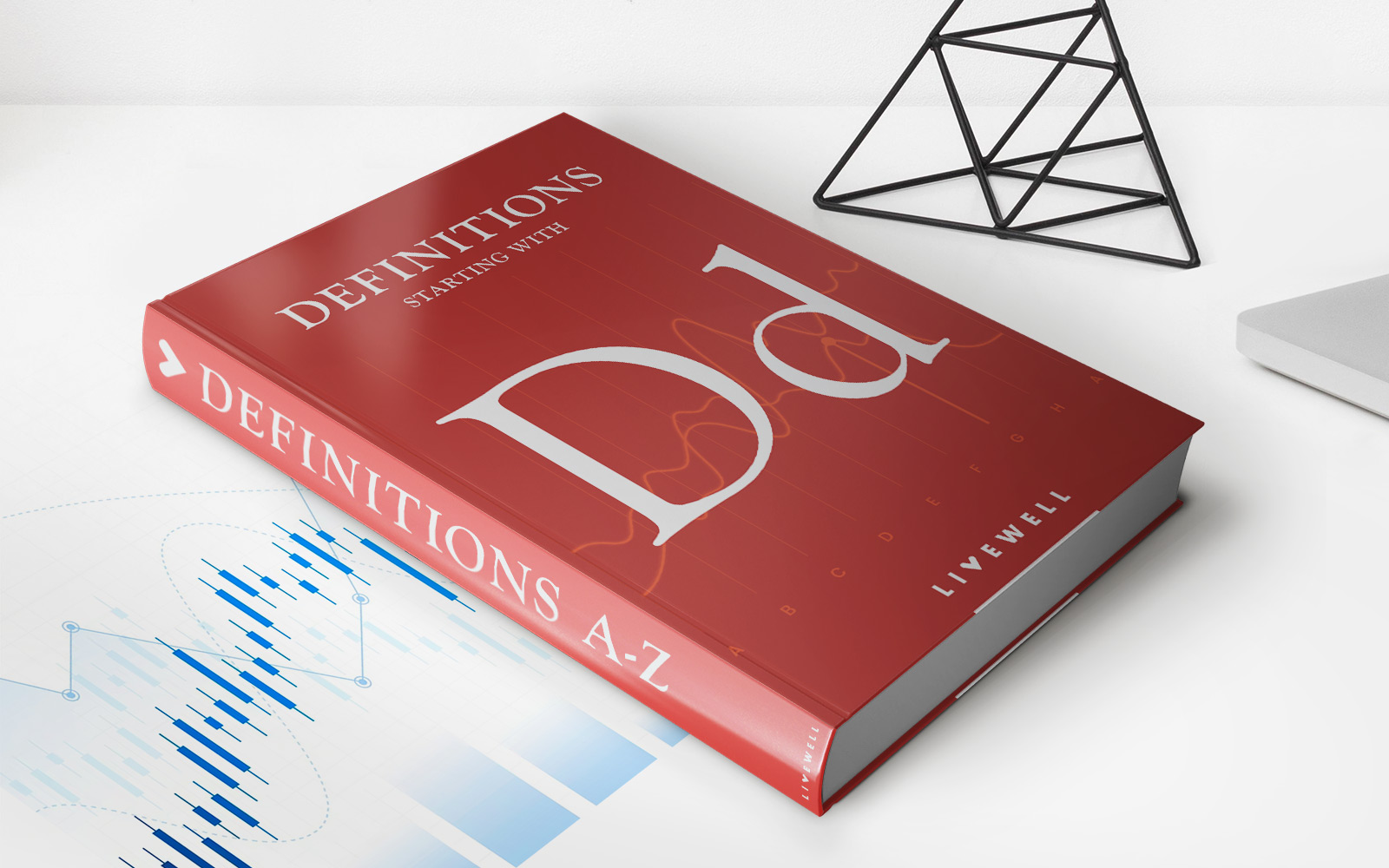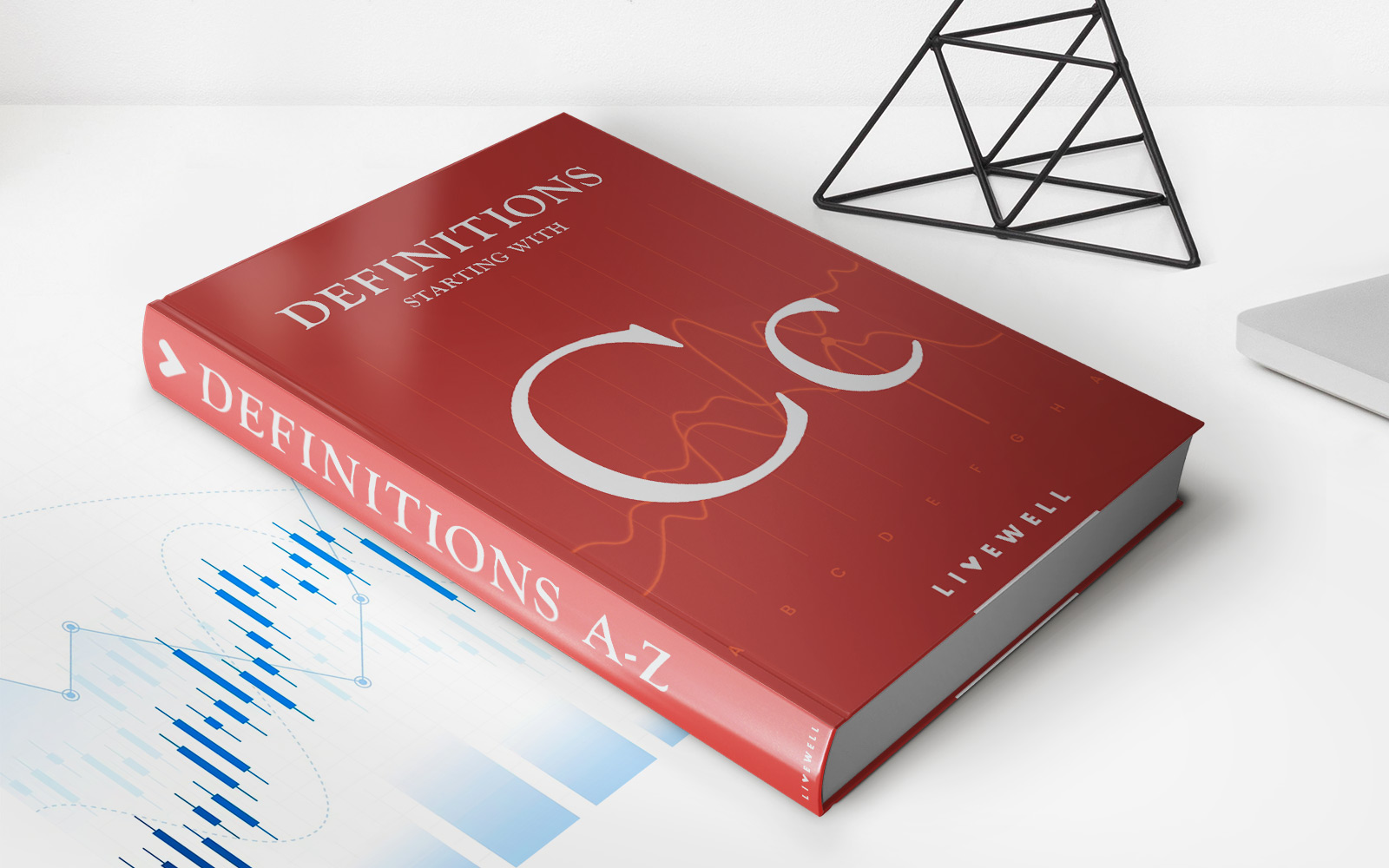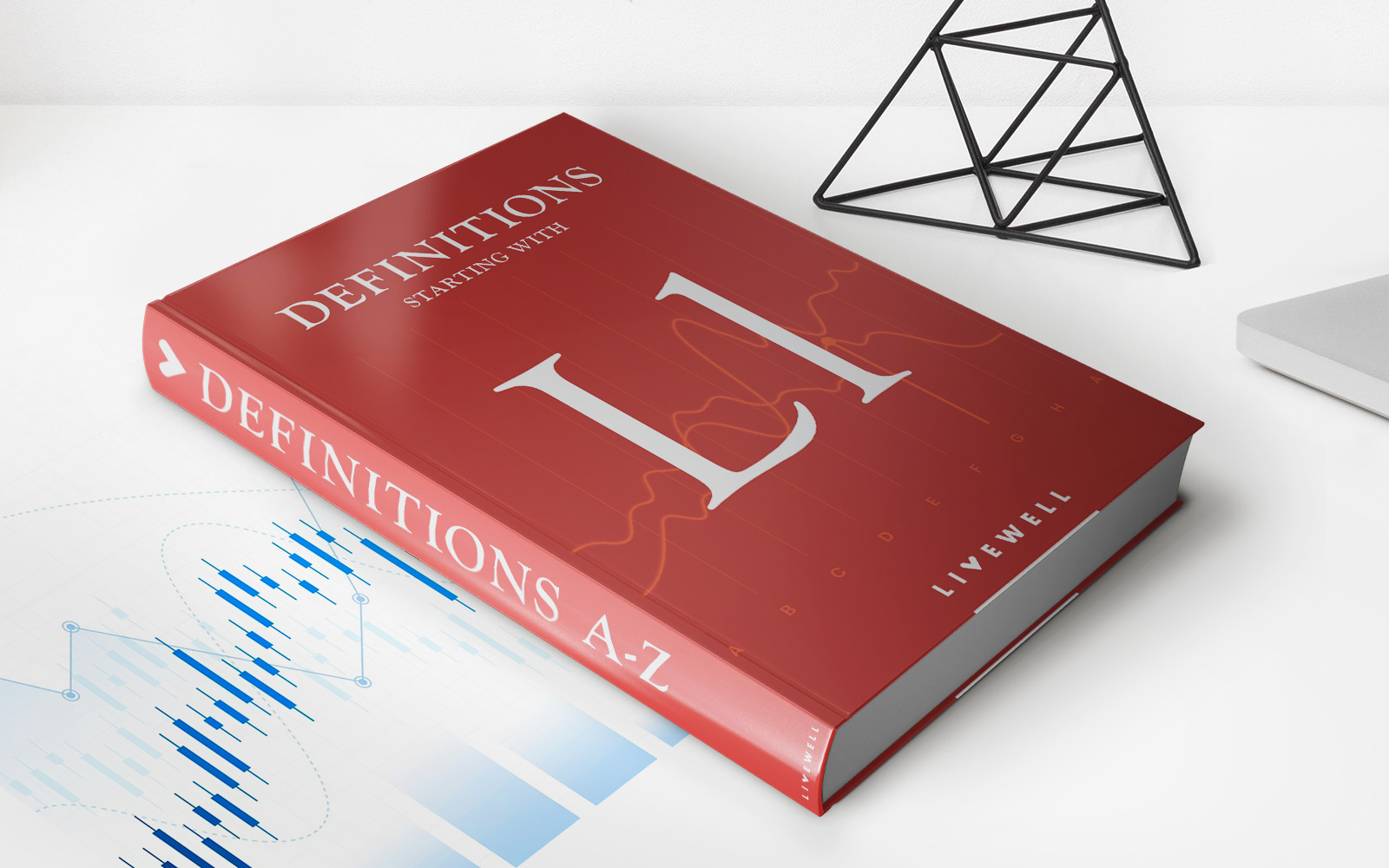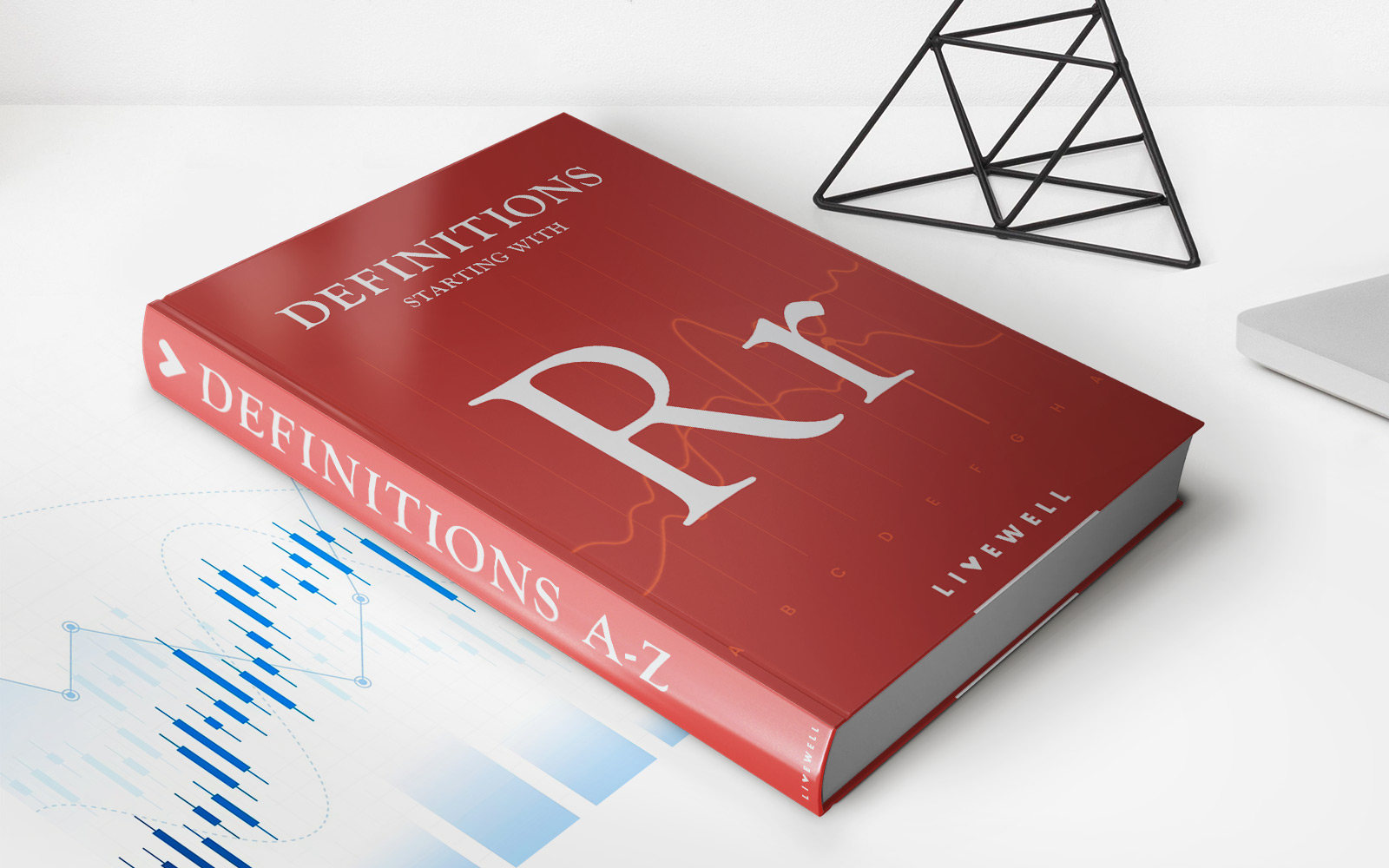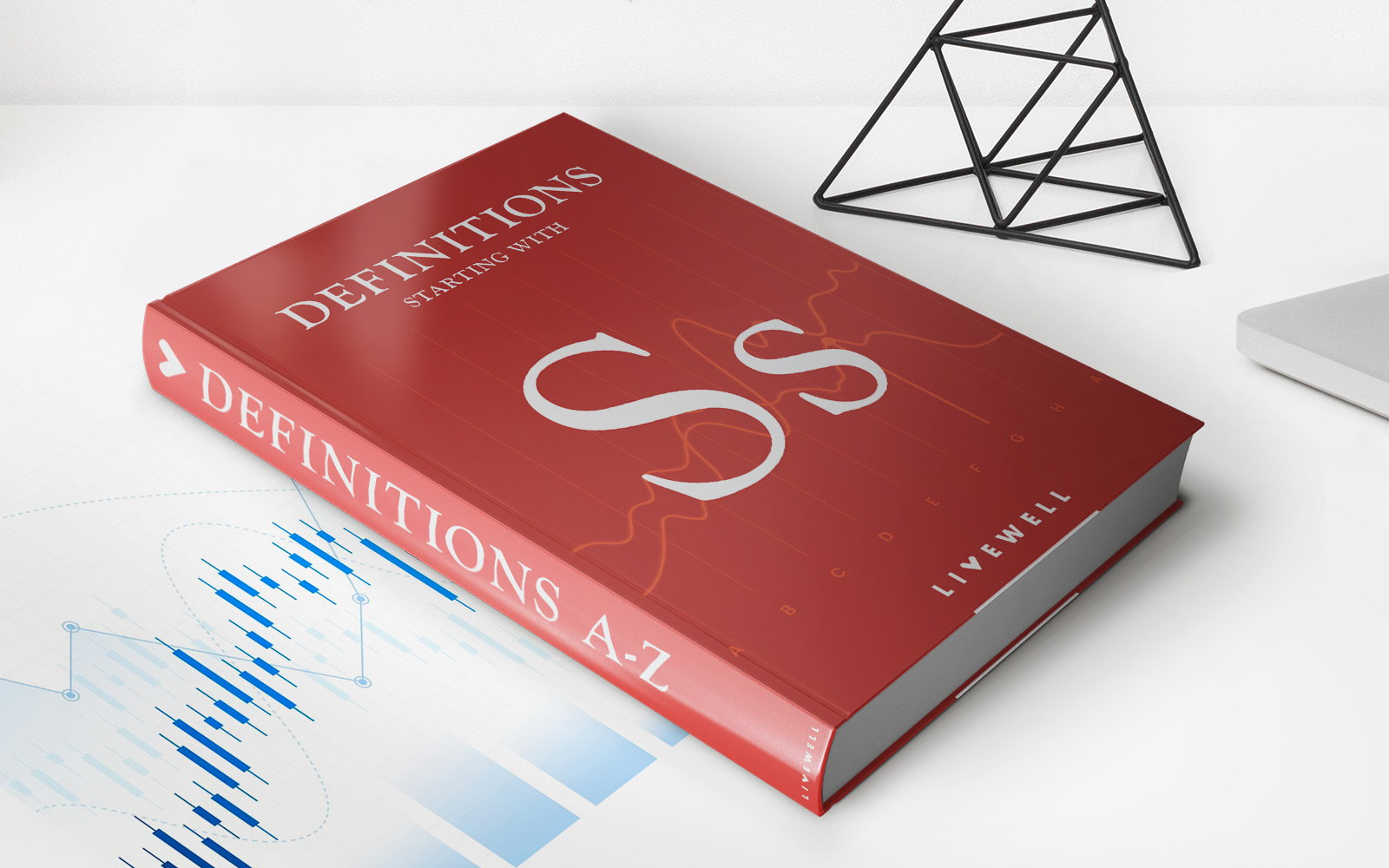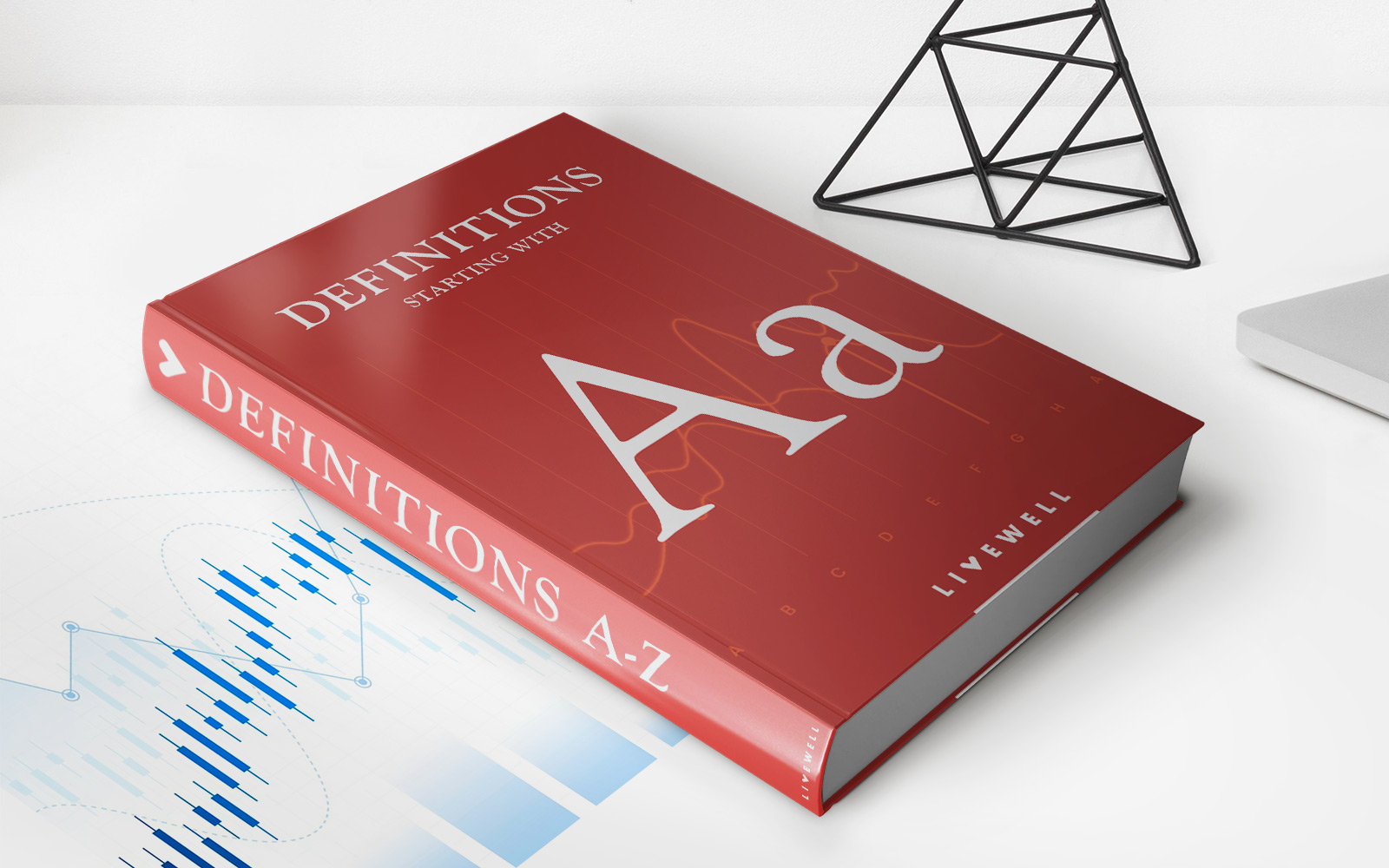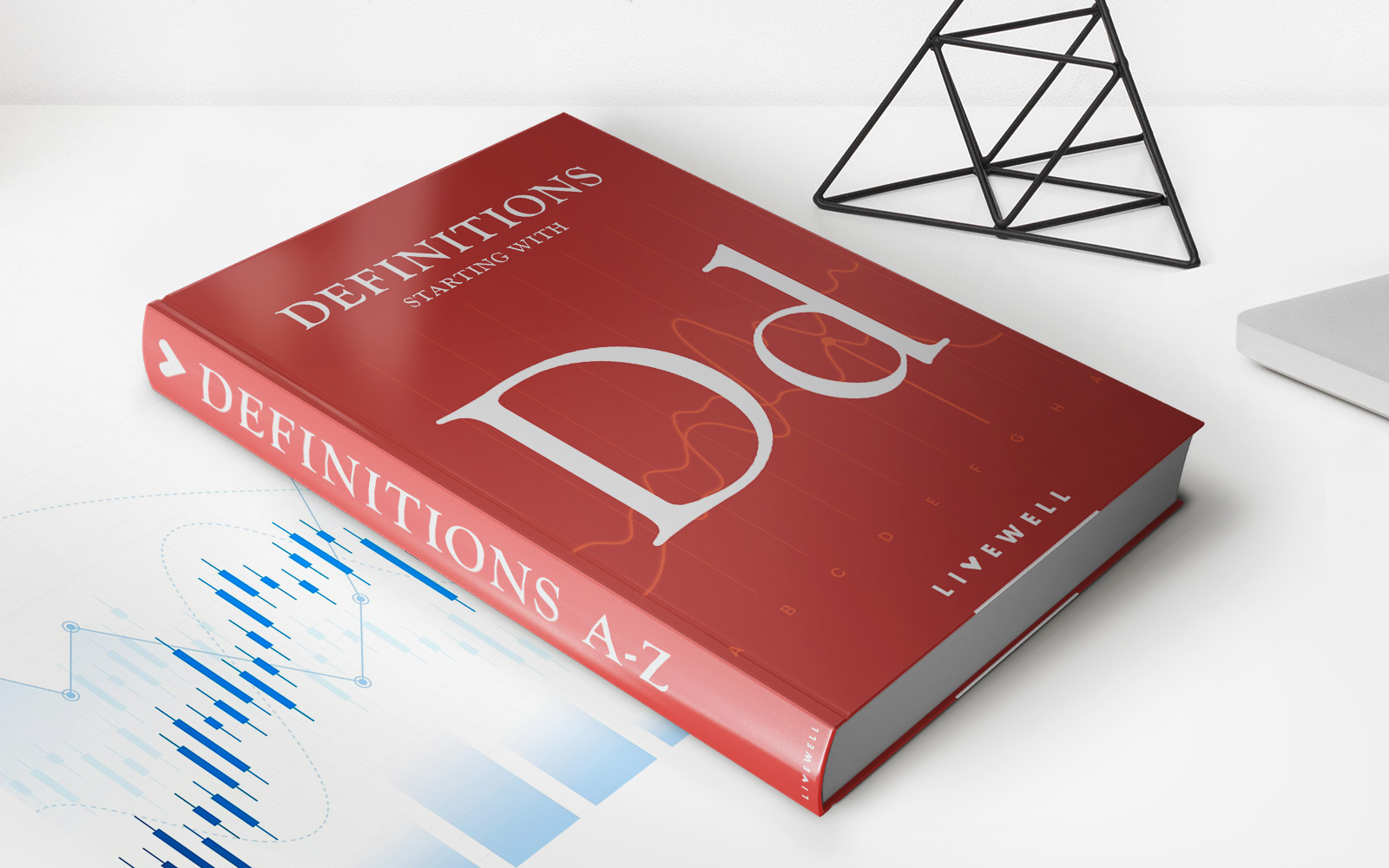Home>Finance>Leg: Definition In Trading, How It Works, And Strategy Types
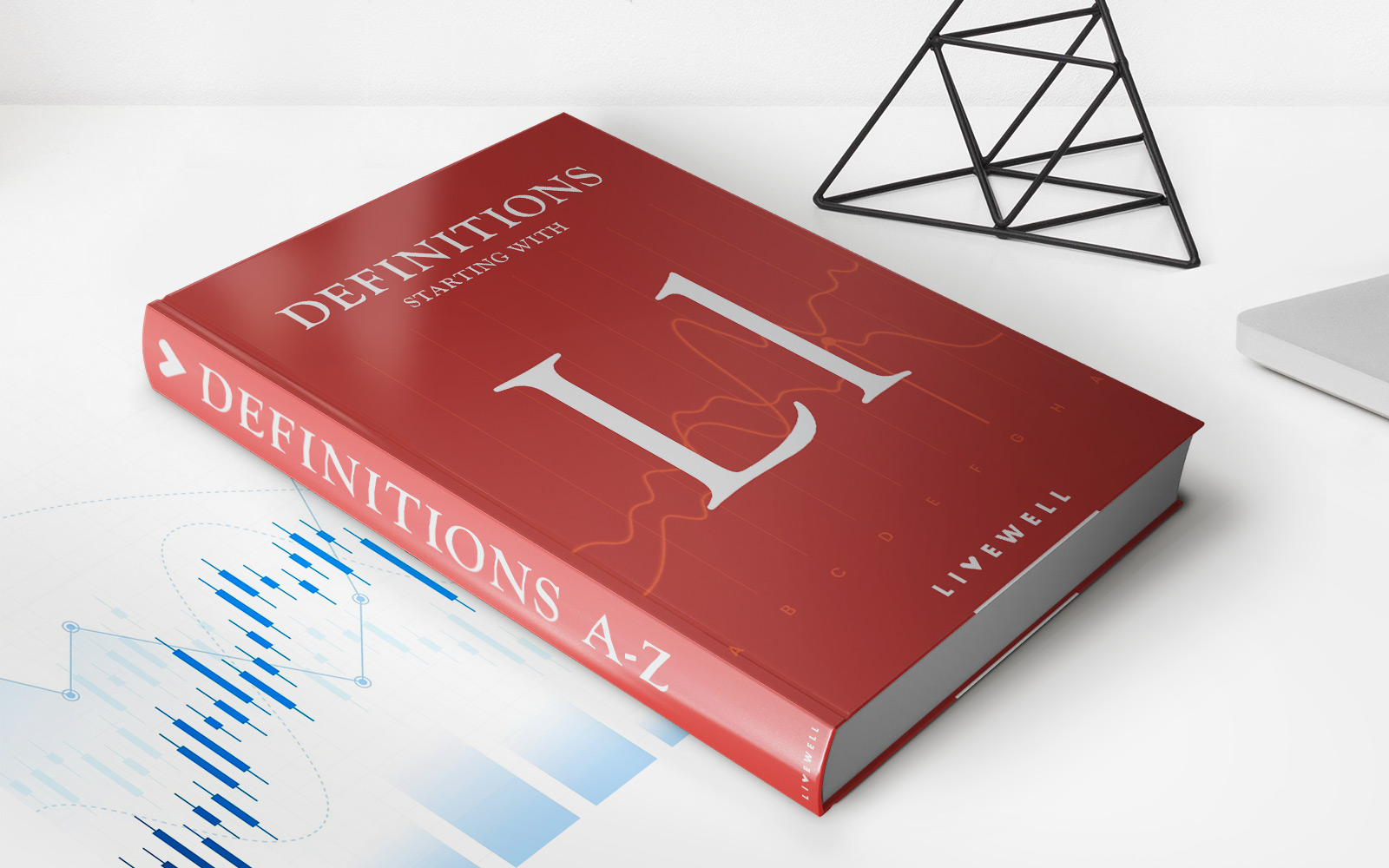

Finance
Leg: Definition In Trading, How It Works, And Strategy Types
Published: December 17, 2023
Discover the meaning and mechanics of trading leg in finance. Explore the various strategies involved and gain insight into how it operates for successful trades.
(Many of the links in this article redirect to a specific reviewed product. Your purchase of these products through affiliate links helps to generate commission for LiveWell, at no extra cost. Learn more)
Leg: Definition in Trading, How It Works, and Strategy Types
Welcome to another informative blog post on our Finance category! Today, we will be diving into the concept of “leg” in trading. If you have ever been curious about what a leg is, how it works, and the different strategy types associated with it, then you have come to the right place. In this article, we will provide a comprehensive overview of legs in trading and help you gain a deeper understanding of this crucial concept.
Key Takeaways:
- A leg in trading refers to a component of a multi-step trade, typically involving the purchase or sale of a specific security.
- Traders use legs to strategize and execute complex trading plans, taking advantage of price differentials and market opportunities.
What is a Leg in Trading?
In the world of trading, a leg can be defined as a distinct part of a multi-step trade that involves the purchase or sale of a specific security. These individual steps are often executed separately to manage and optimize trading strategies. Traders break down their trading plans into legs to take advantage of various market conditions and price differentials.
How Does a Leg Work?
When executing a trading strategy, the concept of a leg becomes essential. Instead of placing a single order to buy or sell a security, traders can divide their actions into multiple legs to optimize their positions. Each leg represents a separate action, such as buying or selling, and can be initiated at different times or price levels.
To implement a multi-leg strategy, traders typically use advanced trading platforms or software that allow them to manage and track each leg independently. This level of granularity enables traders to react quickly to market changes and adjust their positions accordingly.
Types of Leg Trading Strategies
Various leg trading strategies exist in the financial markets. Here are a few commonly used ones:
- Spread Legs: In this strategy, traders aim to profit from the price difference between two or more instruments. They might simultaneously buy one security while selling another, capitalizing on any divergence in their prices.
- Ratio Legs: Ratio legs involve trading positions in unequal quantities. Traders adjust the ratio of buys and sells to create strategies that maximize gains in changing market conditions.
- Option Legs: Options trading often involves multiple legs. Traders can create advanced option strategies by combining different options contracts to hedge or speculate on price movements.
- Arbitrage Legs: This strategy involves taking advantage of price discrepancies between similar securities in different markets. Traders buy low in one market and sell high in another, profiting from the price differential.
Conclusion
The concept of legs in trading plays a significant role in implementing complex trading strategies. Understanding leg trading strategies can provide traders with more flexibility in managing their positions and optimizing their returns. By dividing trading plans into distinct legs, traders can react swiftly to market changes and capitalize on price premiums or discrepancies. Remember, always conduct thorough research and practice proper risk management when implementing any trading strategy.
We hope this blog post has provided you with valuable insights into the world of legs in trading. If you have any questions or would like to explore more trading-related topics, feel free to browse through our other finance articles. Happy trading!
